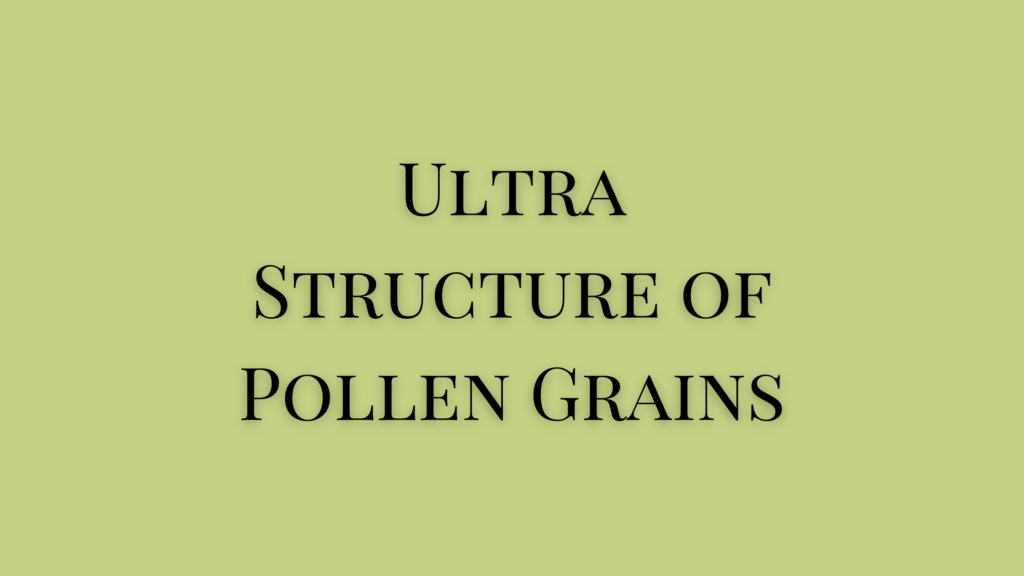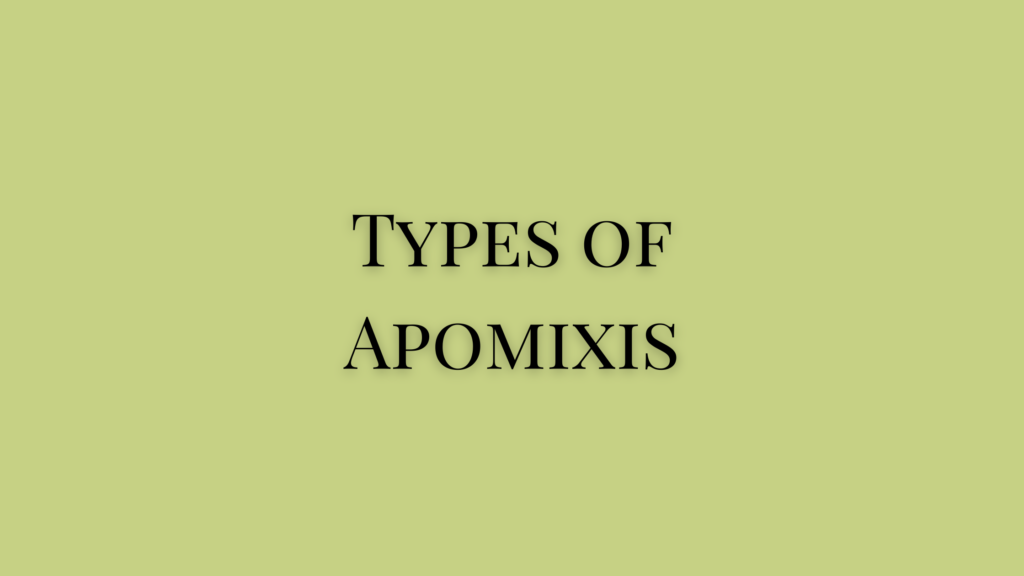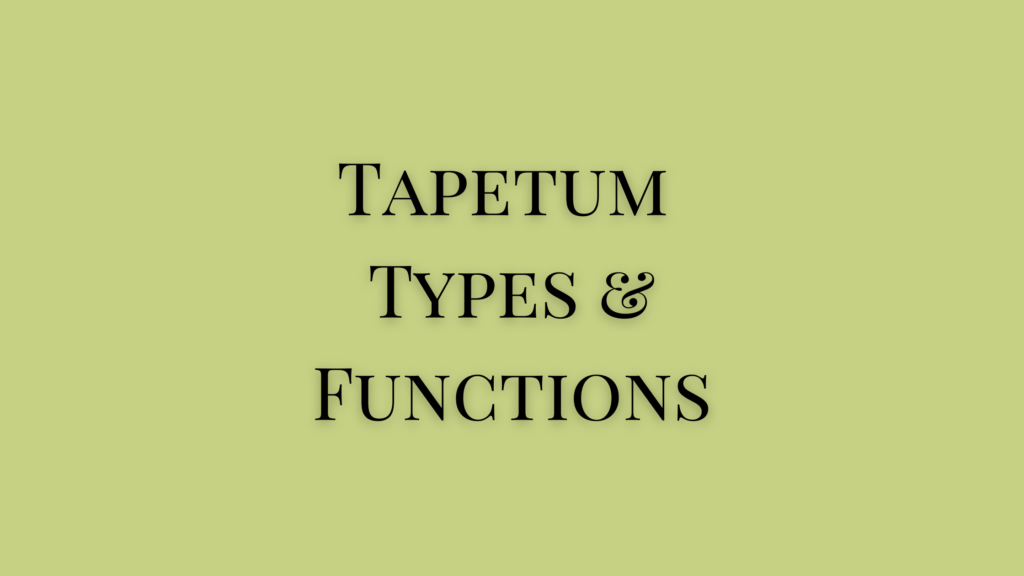Pollen grains or microspores are formed as a result of the meiosis of microspore mother cells. The structure of pollen grains shows that they form a tetrad of four cells after meiosis. Each pollen has a proximal pole and a distant pole.
The proximal pole is located at the center of the tetrad and the distal pole is towards the border but opposite to the proximal pole. They are oriented on a straight axis. When these poles are similar it is called isopolar and when they differ, it is called heteropolar.
Ultra Structure of Pollen Grain
Pollen grains are minute unicellular structures. The shape and size of the pollen grain varies with family and species.
A pollen grain has two cell walls. The outer and inner walls are called exine and intine respectively. The exine may or may not have an aperture. The aperture when present could be circular or elongate. The elongation could be longitudinal or lateral.
The inner wall is simply made of cellulose fibers but the outer wall has a complicated structure. The inner layer is thin and smooth.
- Exine is made of a durable and resistant substance called sporopollenin, which is a polymer of carotenoids. It is a double-layered structure.
- The outer layer is modified into a basal foot layer and bacula that arises from the base.
- The foot layer spreads over the exine and the bacula is a rod-like or bar-like projection from the footlayer.
- The distal part of the bacula may enlarge to form a head-like portion that will unite to form the tectum.
- The design and nature of tectum specifies the design and orientation of pollen grains.
- Sculpting refers to the details of the exposed surface of the exine. This can be smooth, pitted, grooved, with projections, rod-like elements, minute perforations, etc.
Formation of Exine and Intine
The tapetum of pollen grains contains pro-Ubisch bodies in its cytoplasm when these bodies come to the cell surface, they are coated with sporopollenin and are released with the anther cavity. These coated bodies lead to the thickening of the exine.
Intine formation is similar to that of the primary cell wall. It is formed by Golgi bodies. It is through this layer that the sporopollenin passes through to the exine.
Structure of Mature Pollen Grains
The mature pollen grain has thin areas on its walls known as germpores, through which pollen tube comes out. Germ pores have different shapes and sizes which are classified into three types.
- Ruga type has irregular furrows on the surface layer.
- Porate type has a pore-like structure in varying numbers.
- Colpa is furrow-like and extends to the equator. It can be monocolpate or tricolpate pollen grain depending on the number of colpa.
References
- Structure, Development & Evolution of Pollen Type
- Sukumaran O R. Pre-Degree Botany. Murali Publications.
- Abraham P C. Anatomy, Embryology & Microtechnique. 1999. St. Mary’s Books & Publ.




